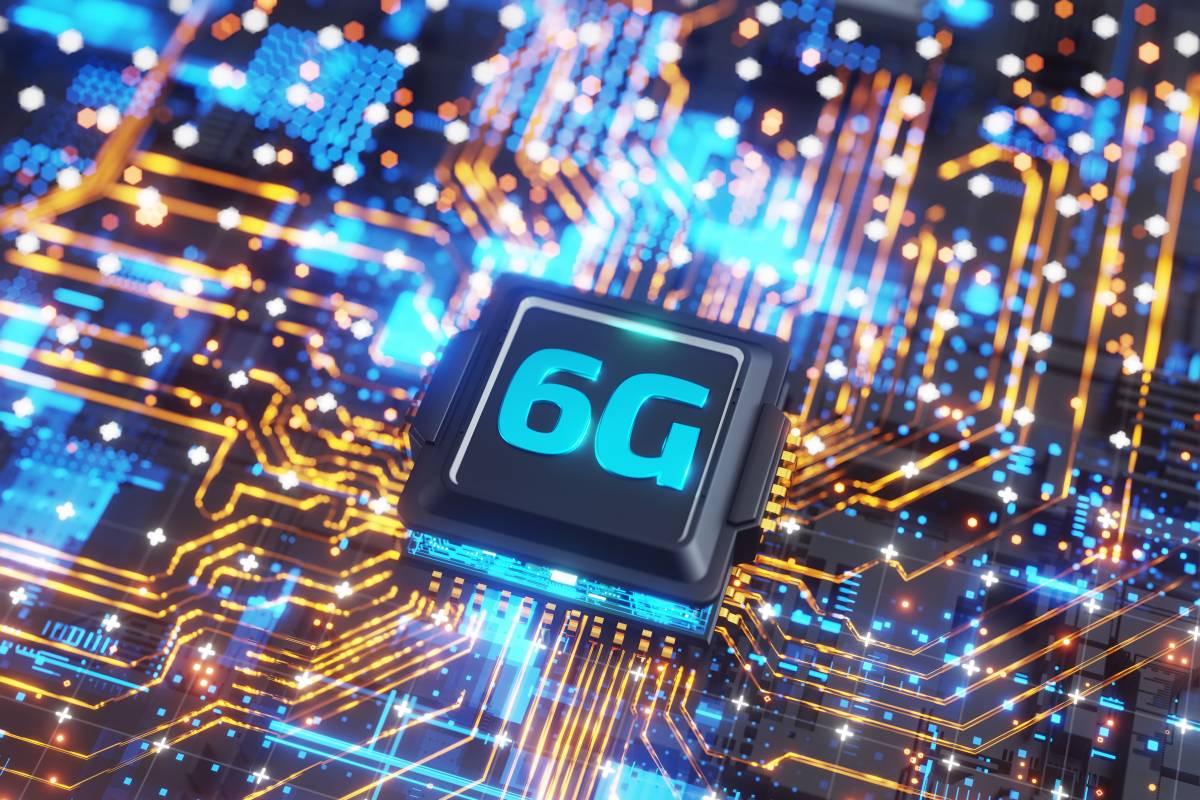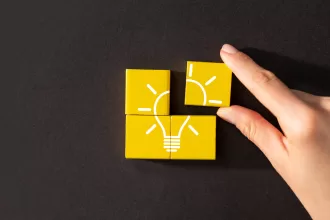5G has transformed communications. Its high speeds have changed everything. 5G connectivity is not available in much of the world. But, it grew by 76% from 2021 to 2022. It now reaches 1.05 billion people, according to data from Omnia and 5G Americas. It’s projected to reach 5.9 billion by 2027.
Though 5G isn’t global yet, there’s talk of 6G, especially in China. A pilot project is set to begin in 2026. So, what do you need to know about 6G, and how will it impact your daily life with connection speeds exceeding 10 Gb/s? We’ll explain here on the NextAge blog!
What is 6G?

6G represents the sixth generation of mobile networks, succeeding 5G with promises of drastically improving speed, latency, and connection capacity. 5G offers speeds of up to 20 Gb/s and low latency. 6G is expected to be five times faster, at 100 Gb/s. It will have microsecond latency. However, 6G goes beyond these incremental improvements by incorporating advanced sensing and artificial intelligence (AI) technologies directly into communication infrastructures.
Integration of Sensing and Communication
So, what is this sensing? One of the most innovative features of 6G is ISAC (Integrated Sensing and Communication). This approach combines data transfer with the ability to detect and interpret the environment around connected devices. With embedded sensors and advanced analysis capabilities, 6G networks will be able to:
- Monitor Environments in Real Time: 6G devices will be able to collect and analyze environmental data such as temperature, humidity, pollution, and movement, allowing immediate response to changes and adverse conditions.
- Enhance Location Accuracy: Through advanced sensing, 6G will offer ultra-precise location, crucial for applications in smart cities, autonomous vehicles, and augmented reality.
- Support Intelligent Automation: By combining fast communication with detailed sensing, 6G will enable autonomous systems, such as drones, robots, and vehicles, to operate more efficiently and safely.
Potential Applications of 6G
The ISAC integration in 6G will pave the way for a wide range of innovative applications. In healthcare and medicine, connected sensors will monitor health in real-time, enabling remote diagnostics and immediate interventions. In the context of Industry 4.0, smart factories will benefit from integrated sensors that will optimize production processes, reduce waste, and increase worker safety. Also, augmented and virtual reality will become more immersive and realistic. They will use precise sensory data to improve their applications.
6G Network Features and Technologies
Although still in development, 6G is expected to include several technological innovations:
- Higher Frequencies and Bandwidth: Use of frequencies in the terahertz (THz) region, allowing extremely fast data rates and exceptional transmission capabilities.
- Advanced Smart Antennas and Massive MIMO: Improvements in data transmission and the ability to connect a large number of devices simultaneously.
- Neural Networks and Machine Learning: Smarter and more efficient network management, with dynamic adaptation to different usage conditions.
- Quantum Computing: Advanced data processing and analysis capabilities, enabling more efficient applications.
- Holography and Extended Reality (XR): Enhanced immersive experiences in video conferencing and entertainment.
- Advanced Machine-to-Machine (M2M) Communication: Improvements in the Internet of Things (IoT) and industrial automation.
- Integrating Terrestrial and Satellite Networks: It improves global coverage, especially in remote areas.
And When Will 6G Technology Be Available?
China’s Ministry of Industry and Technology said 6G has been in development since 2018. The first tests are set for 2026. Commercialization is expected in the early 2030s. Nokia CEO Pekka Lundmark also mentioned this during the 2022 World Economic Forum.






